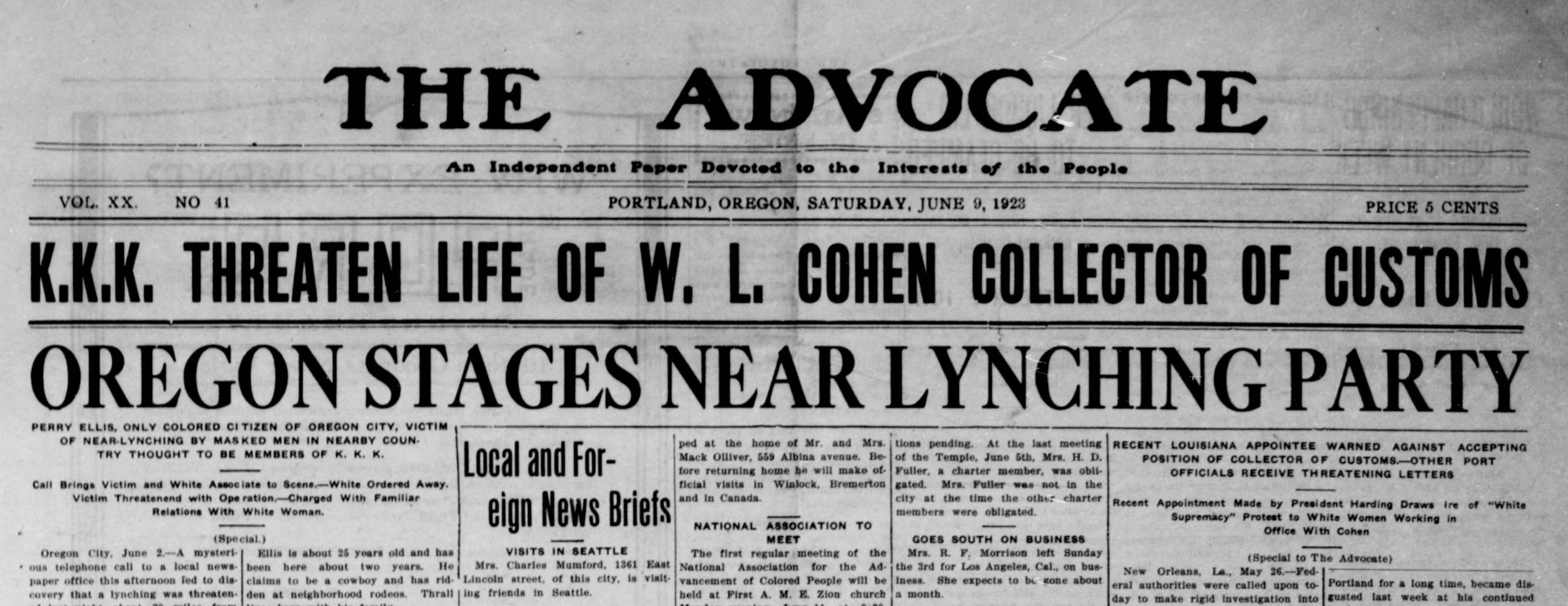The Greatest Guide To News Articles
The Greatest Guide To News Articles
Blog Article
Top Guidelines Of News Articles
Table of ContentsAn Unbiased View of News ArticlesWhat Does News Articles Mean?A Biased View of News ArticlesThe News Articles Ideas5 Easy Facts About News Articles Described
Great knowledge of different topics provides pupils an one-upmanship over their peers. Also though electronic and social networks are conveniently obtainable, we need to not fail to remember how vital it is to read the papers. Moms and dads must attempt and inculcate the habit of reviewing a newspaper as a day-to-day routine to continue the heritage of the adored print tool.Newspaper article additionally have at least among the following vital attributes about the designated target market: proximity, prestige, timeliness, human rate of interest, curiosity, or effect. The related term journalese is occasionally utilized, generally pejoratively, to refer to news-style writing. One more is headlinese. Papers typically stick to an expository writing design.
Within these limits, information stories also aim to be detailed. Among the larger and a lot more respected papers, justness and balance is a significant aspect in providing info.
Newspapers with a worldwide audience, for instance, tend to make use of an extra official design of creating. The specific choices made by a news outlet's editor or editorial board are frequently accumulated in a style overview; usual style guides consist of the and the US Information Design Book. The primary objectives of news writing can be summed up by the ABCs of journalism: precision, brevity, and clarity.
Things about News Articles
As a rule, journalists will not use a long word when a brief one will certainly do. Information writers attempt to avoid using the same word more than once in a paragraph (in some cases called an "resemble" or "word mirror").
Headlines in some cases omit the subject (e.g., "Jumps From Boat, Catches in Wheel") or verb (e.g., "Feline lady lucky"). A subhead (also subhed, sub-headline, subheading, subtitle, deck or dek) can be either a secondary title under the primary headline, or the heading of a subsection of the short article. It is a heading that precedes the major message, or a team of paragraphs of the major message.

Extra billboards of any of these types might show up later in the article (specifically on subsequent web pages) to lure further analysis. Such signboards are additionally utilized as tips to the write-up in various other sections of the magazine or website, or as advertisements for the item in other magazine or sites. Regular structure with title, lead paragraph (recap in bold), other paragraphs (information) and get in touch with information.

Example of a hard-lead paragraph NASA is suggesting one more area project. The agency's spending plan demand, introduced i thought about this today, consisted of a strategy to send out another mission to the Moon. This time the agency intends to establish a long-lasting facility as a jumping-off point for other room journeys. The budget plan requests roughly $10 billion for the project.
The NASA news came as the company requested $10 billion of appropriations for the project. An "off-lead" is the 2nd crucial front page information of the day. The off-lead appears either in the leading left edge, or directly below the lead on the. To "bury the lead" is to start the post with background details or information of second value to the readers, forcing them to find out more deeply right into a write-up than they need to need to in order to find the crucial factors.
A Biased View of News Articles
Common usage is that one or 2 sentences each form their very own paragraph. Reporters typically describe the organization or structure of a newspaper article as an inverted pyramid. The necessary and most interesting components of a story are put at the beginning, with sustaining information adhering to in order of decreasing relevance.
It enables people to discover a topic to only the additional hints depth that their curiosity takes them, and without the imposition of details or nuances that they could take into consideration unimportant, however still making that info offered to a lot more interested visitors. The upside down pyramid structure likewise makes it possible for articles to be cut to any type of arbitrary size during format, to suit the area available.
Some authors start their tales with the "1-2-3 lead", yet there are many kinds of lead available. A kicker can refer to numerous things: The last tale in the news program; a "delighted" tale to end the show.
Longer short articles, such as magazine cover posts and the items that Recommended Site lead the within sections of a newspaper, are known as. Function tales differ from straight news in a number of ways. Foremost is the absence of a straight-news lead, most of the moment. Rather than offering the essence of a tale in advance, feature writers may try to tempt visitors in.
Rumored Buzz on News Articles
A feature's initial paragraphs usually associate a fascinating minute or occasion, as in an "unscientific lead". From the particulars of an individual or episode, its sight swiftly broadens to generalities concerning the tale's topic.

The Editor's Tool kit: A Reference Guide for Beginners and Professionals (2001) Allan M. Siegal and William G. Connolly. The New York Times Handbook of Design and Usage: The Official Design Overview Made Use Of by the Writers and Editors of the World's Most Reliable Paper (2002) M. L. Stein, Susan Paterno, and R.
Report this page